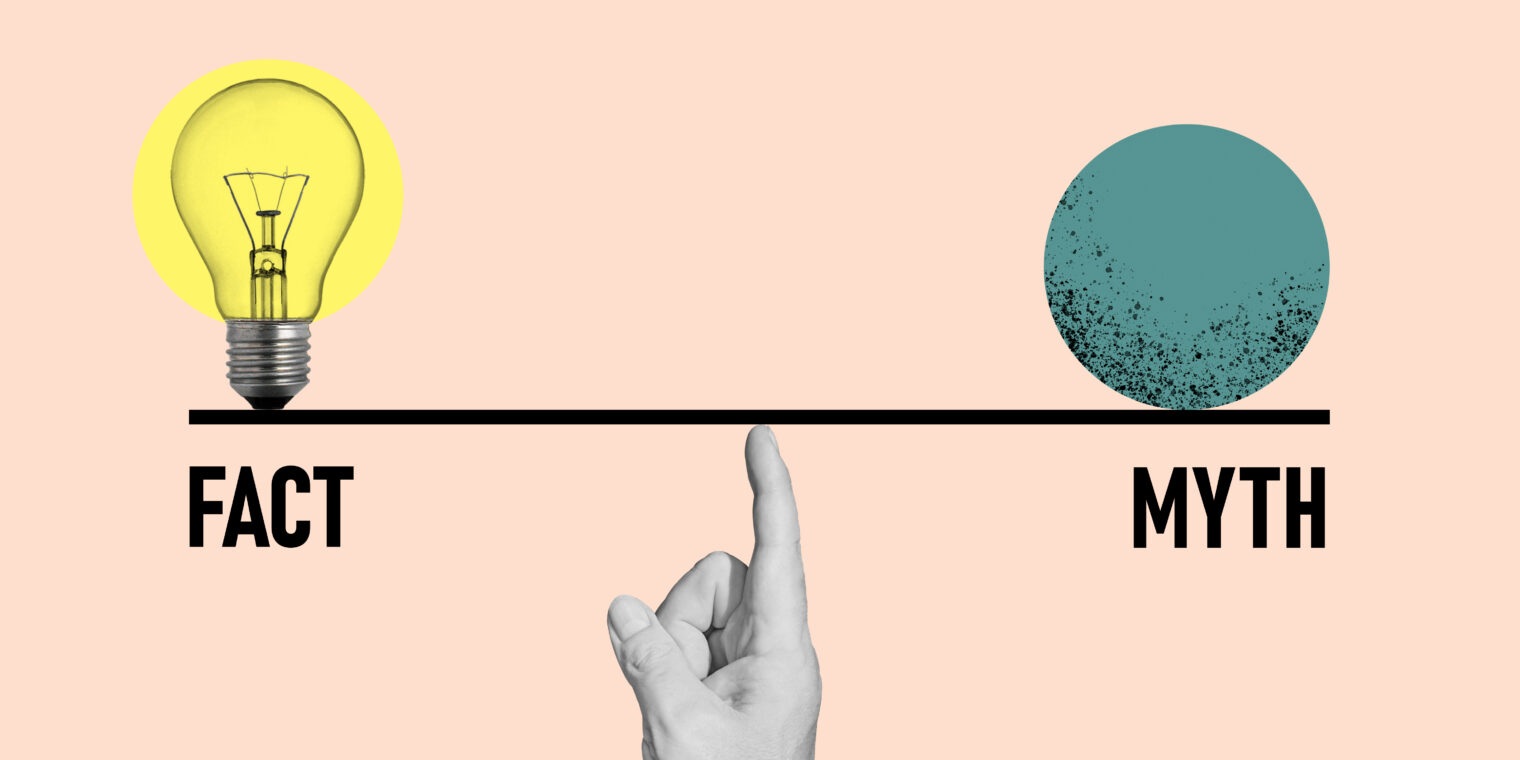In the ever-evolving landscape of energy efficiency, misinformation often clouds our judgment, preventing us from making the best choices for our homes and businesses. In this blog post, we’ll tackle some of the most common myths about energy efficiency and shed light on the truth behind these misconceptions. By debunking these myths, we aim to empower you with accurate information, helping you make informed decisions that benefit both your wallet and the environment.
Myth #1: Energy-Efficient Appliances Are Too Expensive
One prevalent myth is that energy-efficient appliances come with exorbitant price tags. In reality, while the initial cost might be slightly higher, these appliances lead to significant long-term savings on energy bills. Energy Star-rated appliances, for instance, not only consume less energy but also often qualify for rebates, making them a cost-effective choice in the long run.
Myth #2: Turning Off Electronics Saves No Significant Energy
Some people believe that turning off electronic devices doesn’t make a substantial difference in energy consumption. However, many devices consume energy even in standby mode. Unplugging chargers, TVs, and computers when not in use can indeed lead to noticeable energy savings over time.
Myth #3: Energy Efficiency Is Only About Lighting
While energy-efficient lighting is essential, energy efficiency encompasses much more. Proper insulation, well-sealed windows, and efficient heating, ventilation, and air conditioning (HVAC) systems are equally crucial. Addressing these aspects comprehensively can lead to significant energy savings and a more comfortable living or working environment.
Myth #4: Energy-Efficient Homes Lack Comfort
Some believe that energy-efficient homes compromise on comfort. In reality, well-insulated homes with properly sealed windows and doors offer superior comfort. They maintain consistent indoor temperatures, eliminate drafts, and often have advanced HVAC systems that provide precise climate control.
Myth #5: Energy Efficiency Is Only for New Buildings
Another misconception is that energy efficiency measures are applicable only to new constructions. In truth, existing homes and buildings can benefit immensely from energy efficiency upgrades. Retrofitting older properties with energy-efficient appliances, insulation, and HVAC systems can result in substantial energy savings and increased comfort.
Debunking these common myths about energy efficiency is essential for making informed choices that align with our economic and environmental interests. By understanding the truth behind these misconceptions, we can embrace energy efficiency wholeheartedly. It’s not just about saving money; it’s about creating a sustainable future where our energy choices positively impact our lives and the planet. Let’s dispel these myths, embrace the facts, and collectively contribute to a greener, more energy-efficient world.

